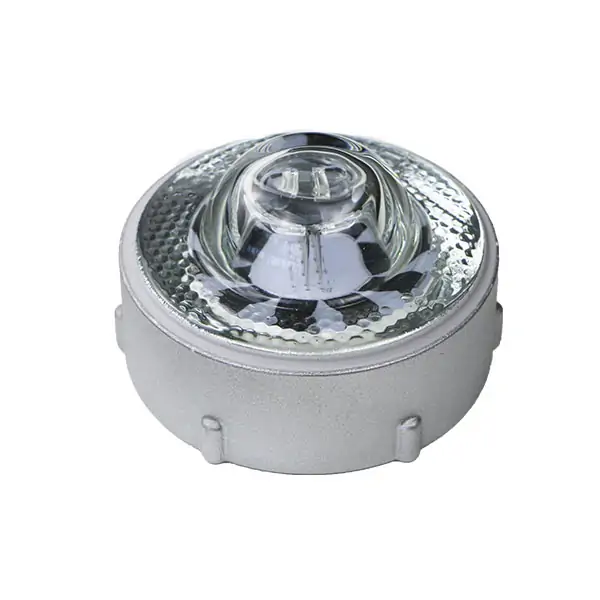The widespread implementation of solar road studs comes with various challenges and limitations that need to be considered. While these devices offer benefits such as improved visibility and energy efficiency, addressing these challenges is essential for successful deployment and long-term effectiveness.
Some of the challenges and limitations associated with the widespread implementation of solar road studs include:
- Initial Cost:
- Solar road studs may have a higher upfront cost compared to traditional road studs or reflective paint.
- The initial investment can be a barrier to widespread adoption, especially for regions or municipalities with limited budgets.
- Durability and Longevity:
- The durability of solar road studs can be influenced by factors such as traffic intensity, weather conditions, and the quality of materials used.
- Ensuring a long lifespan and resistance to wear and tear is crucial for cost-effectiveness.
- Battery Performance:
- The performance and lifespan of the batteries used in solar road studs impact their overall reliability.
- Batteries may degrade over time, affecting the ability of the studs to store and provide energy during low-light conditions.
- Maintenance Challenges:
- Accessibility to solar road studs for maintenance purposes can be challenging, especially in busy roadways.
- Regular maintenance is essential to address issues like dirt accumulation, ensuring proper functioning, and extending the lifespan.
- Adverse Weather Conditions:
- Regions with frequent adverse weather conditions, solar road stud manufacturers such as heavy snowfall or prolonged periods of cloud cover, may experience reduced solar energy generation.
- Limited sunlight can affect the performance of solar road studs during extended periods of low-light conditions.
- Vandalism and Theft:
- Solar road studs may be susceptible to vandalism or theft, especially if they are easily accessible.
- Security measures are required to protect the infrastructure and prevent unauthorized removal or damage.
- Uniformity of Illumination:
- Achieving consistent and uniform illumination across roadways can be challenging with solar road studs.
- Proper spacing and alignment are crucial to ensure effective visibility and guidance for drivers.
- Integration with Existing Infrastructure:
- Retrofitting existing roadways with solar road studs may pose challenges in terms of integration with the current infrastructure.
- Compatibility with other road safety features and aesthetic considerations should be addressed.
- Regulatory Compliance:
- Adhering to regulatory standards and guidelines is essential for the successful deployment of solar road studs.
- Meeting safety and performance requirements is crucial for gaining regulatory approval.
- Technological Advancements:
- Rapid technological advancements in solar and energy storage technologies may result in improvements in efficiency and cost-effectiveness.
- Organizations must stay informed about the latest developments to ensure the deployment of state-of-the-art solutions.
- Visibility Challenges in Heavy Traffic:
- In areas with heavy traffic or congestion, the visibility of solar road studs may be reduced.
- Additional measures may be needed to enhance visibility during peak traffic conditions.
Addressing these challenges requires careful planning, ongoing research and development, and collaboration between stakeholders, including government agencies, manufacturers, and regulatory bodies. While solar road studs offer sustainable and energy-efficient solutions, overcoming these limitations is crucial for their successful widespread implementation.

